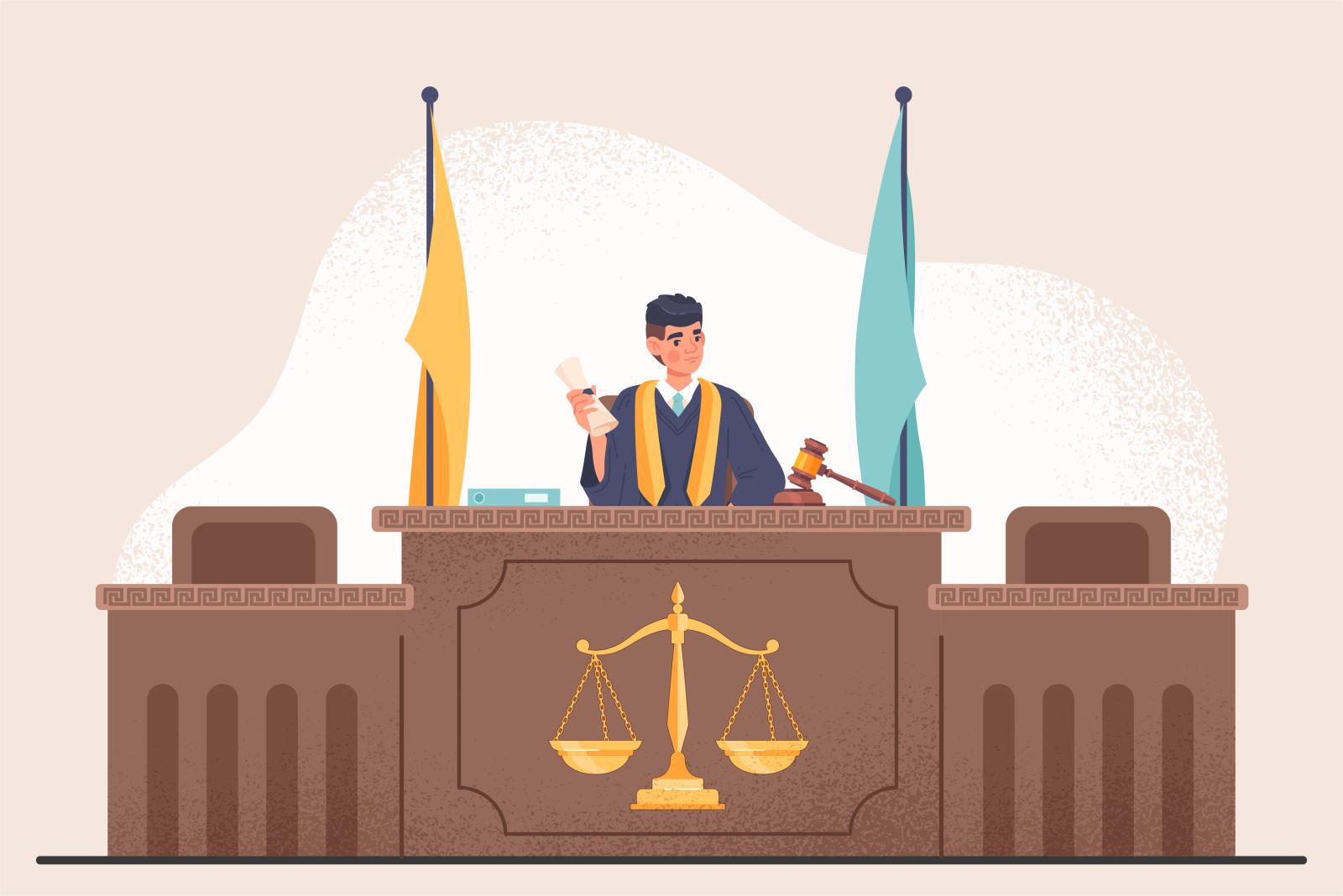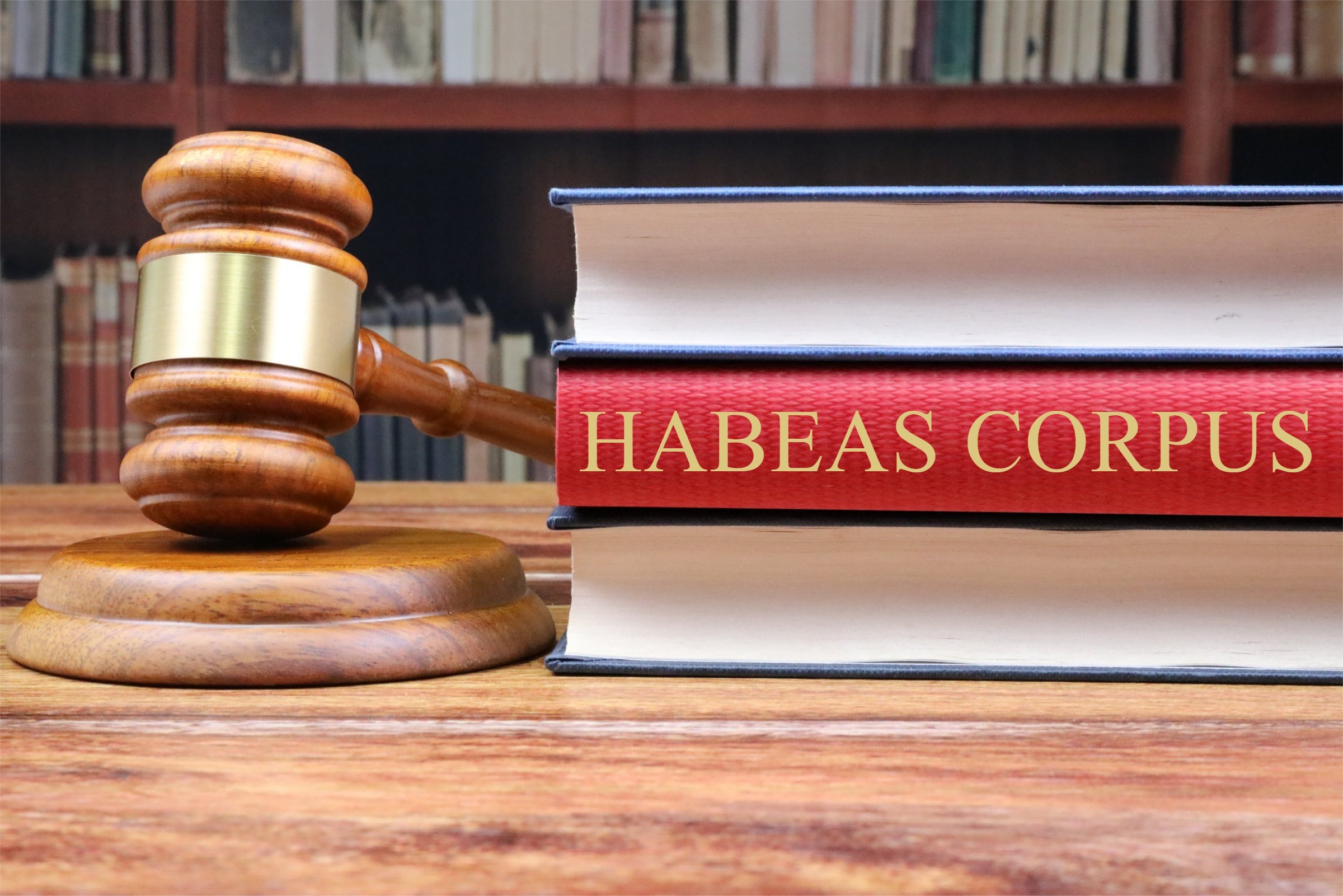Let’s talk about habeas corpus—a phrase you’ve probably heard in movies or legal dramas, but what exactly does it mean? In simple terms, habeas corpus is a legal concept that ensures you can’t just be locked up without a valid reason. It’s like your golden ticket to challenge unlawful detention. Imagine being thrown into jail without knowing why—it’s a nightmare, right? Habeas corpus steps in to prevent that from happening. This isn’t just some dusty old law; it’s a powerful tool that protects your freedom.
Habeas corpus might sound like something out of a history textbook, but it’s actually super relevant today. In a world where justice isn’t always served fairly, this legal principle acts as a safety net for individuals who find themselves caught in the wrong end of the system. It gives you the right to demand an explanation for why you’re being held, ensuring that no one can lock you up without proper cause.
Now, you might be wondering why you should care about habeas corpus if you’re not a lawyer or a legal expert. The truth is, it affects everyone. Whether you’re a citizen, a migrant, or even someone accused of a crime, habeas corpus protects your fundamental rights. So, buckle up because we’re diving deep into the world of habeas corpus—what it is, how it works, and why it matters more than ever in today’s society.
Understanding the Basics of Habeas Corpus
Habeas corpus, in its simplest form, is a legal order that requires a person in custody to be brought before a court to determine if their detention is lawful. Think of it as your “get out of jail for a fair hearing” card. The phrase itself translates to “you shall have the body,” which essentially means the authorities must present the detained individual and explain why they’re being held.
Here’s the kicker: habeas corpus isn’t just about letting people go free. It’s about ensuring that the justice system operates transparently and fairly. It forces the government to justify its actions, preventing abuse of power and protecting innocent people from wrongful imprisonment. This concept dates back centuries, but its importance remains as strong as ever.
Where Did Habeas Corpus Come From?
Habeas corpus has roots that stretch way back to medieval England. Back in the day, kings and rulers could lock up anyone they didn’t like without much explanation. But then came the Magna Carta in 1215, which laid the groundwork for individual rights and limited the power of the monarchy. Over time, habeas corpus evolved into a key legal principle that spread across the globe, becoming a cornerstone of modern justice systems.
Fast forward to today, and habeas corpus is enshrined in the laws of many countries, including the United States. It’s part of the U.S. Constitution, specifically Article I, Section 9, Clause 2, which states that “The privilege of the writ of habeas corpus shall not be suspended, unless when in cases of rebellion or invasion the public safety may require it.” Translation? You’ve got rights unless things get really, really bad.
How Does Habeas Corpus Work in Practice?
Let’s break down how habeas corpus actually works. When someone believes they’ve been unlawfully detained, they—or their legal representative—can file a petition for a writ of habeas corpus. This petition is then reviewed by a judge, who decides whether there’s enough evidence to hold a hearing. If the judge agrees, the person in custody is brought before the court, and the authorities must explain why they’re being held.
Now, here’s where it gets interesting. Habeas corpus isn’t just for criminal cases. It can also be used in immigration matters, military detentions, and even situations involving mental health commitments. In each case, the goal is the same: to ensure that no one is unlawfully deprived of their liberty.
Key Steps in the Habeas Corpus Process
- Filing the Petition: The first step is submitting a formal request to the court, explaining why the detention is believed to be unlawful.
- Judge Review: A judge reviews the petition to determine if there’s merit to the claim.
- Hearing: If the judge grants a hearing, the detained person is brought before the court, and the authorities must justify their actions.
- Decision: Based on the evidence presented, the court decides whether the detention is lawful or if the person should be released.
It’s important to note that habeas corpus isn’t a guaranteed win. The court must find sufficient evidence to support the claim, and the process can be complex and time-consuming. But for those who’ve been wrongfully detained, it’s often their best shot at justice.
Why Habeas Corpus Matters Today
In today’s world, habeas corpus plays a crucial role in protecting individual rights. With issues like mass incarceration, immigration enforcement, and national security measures, the potential for abuse of power is higher than ever. Habeas corpus acts as a check on government authority, ensuring that no one can be locked up without a valid reason.
Consider the case of Guantanamo Bay detainees, many of whom were held for years without charge or trial. Habeas corpus petitions were instrumental in challenging these detentions and bringing their cases before the courts. While the outcomes weren’t always favorable, the principle of habeas corpus ensured that their voices were heard and their rights acknowledged.
Challenges to Habeas Corpus in Modern Times
Despite its importance, habeas corpus isn’t without its challenges. In recent years, there have been efforts to limit its scope and application. Some argue that national security concerns justify restricting access to habeas corpus, especially in cases involving terrorism or war. Others worry that excessive use could undermine law enforcement efforts.
However, advocates for habeas corpus stress that these concerns must be balanced against the fundamental right to liberty. After all, if we sacrifice our freedoms in the name of security, what have we really gained? The ongoing debate highlights the need for a nuanced approach that respects both individual rights and public safety.
Examples of Habeas Corpus in Action
To understand the real-world impact of habeas corpus, let’s look at some famous cases where it made a difference.
1. The Case of Somersett v. Steuart
This landmark case in 1772 declared that slavery was illegal in England, effectively granting freedom to James Somersett, a formerly enslaved man. The court ruled that holding someone in slavery without lawful authority violated habeas corpus principles. This decision paved the way for future anti-slavery movements and reinforced the importance of individual liberty.
2. Ex parte Merryman
During the American Civil War, President Abraham Lincoln suspended habeas corpus in certain areas to maintain public safety. In response, Chief Justice Roger Taney issued a writ of habeas corpus for John Merryman, a Confederate sympathizer who’d been detained without trial. Although Lincoln ignored the ruling, the case sparked a national debate about the balance between executive power and individual rights.
3. Boumediene v. Bush
In 2008, the U.S. Supreme Court ruled that Guantanamo Bay detainees had the right to petition for habeas corpus. This decision was a major victory for human rights advocates, affirming that even non-citizens held in U.S. custody are entitled to due process protections.
The Global Impact of Habeas Corpus
Habeas corpus isn’t just an American concept—it’s a global principle that transcends borders. Countries around the world have adopted variations of habeas corpus to protect individual rights and promote justice. In India, for example, Article 22 of the Constitution guarantees the right to habeas corpus, ensuring that no one can be detained without legal justification.
However, the implementation of habeas corpus varies widely depending on the country’s legal system and political climate. In some places, it’s a robust tool for protecting freedoms, while in others, it’s more of a theoretical ideal than a practical reality. Despite these challenges, the universal appeal of habeas corpus lies in its promise of fairness and accountability.
Cultural Differences in Applying Habeas Corpus
Different cultures approach habeas corpus in unique ways. For instance, in common law countries like the U.K. and Australia, habeas corpus is deeply embedded in the legal tradition. In contrast, civil law countries like France and Germany rely more on statutory provisions to achieve similar outcomes. Regardless of the approach, the underlying goal remains the same: to safeguard individual rights and uphold the rule of law.
Common Misconceptions About Habeas Corpus
There are plenty of myths and misunderstandings surrounding habeas corpus. Some people think it’s only for criminals or that it guarantees immediate release. Others believe it’s outdated and irrelevant in modern times. Let’s bust these myths and set the record straight.
Myth #1: Habeas Corpus Only Helps Criminals
Wrong! Habeas corpus protects everyone, regardless of whether they’ve been accused of a crime. It’s about ensuring that no one is detained without a valid reason, whether they’re a citizen, a migrant, or even a suspected terrorist. The goal is to maintain transparency and accountability within the justice system.
Myth #2: Habeas Corpus Always Leads to Release
Not necessarily. While habeas corpus gives detainees the opportunity to challenge their detention, it doesn’t guarantee a favorable outcome. The court must find sufficient evidence to support the claim, and if the authorities can justify the detention, the individual may remain in custody. What habeas corpus does is provide a platform for due process and fair treatment.
How You Can Support Habeas Corpus
So, what can you do to support the principles of habeas corpus? First, educate yourself and others about its importance. Stay informed about legal developments and advocate for policies that protect individual rights. If you’re passionate about justice, consider getting involved with organizations that work to defend habeas corpus and other civil liberties.
Another way to make a difference is by supporting fair trial initiatives and pushing for transparency in the justice system. Whether it’s through activism, volunteering, or simply spreading awareness, your actions can help ensure that habeas corpus remains a powerful tool for protecting freedom.
Resources for Learning More
- American Civil Liberties Union (ACLU): A leading organization that fights for civil liberties, including habeas corpus rights.
- Human Rights Watch: Provides in-depth reports on global human rights issues, including the use of habeas corpus.
- Law School Clinics: Many law schools offer clinics focused on habeas corpus and related legal issues, providing valuable resources and expertise.
Conclusion: Standing Up for Justice
Habeas corpus is more than just a legal term—it’s a powerful safeguard for individual freedom. From its origins in medieval England to its role in modern justice systems, this principle has stood the test of time, protecting innocent people from wrongful imprisonment and holding authorities accountable. As we face new challenges in today’s world, the importance of habeas corpus remains as critical as ever.
So, what’s the takeaway? Educate yourself, stay informed, and take action to support the principles of habeas corpus. Together, we can ensure that justice prevails and that no one is deprived of their liberty without a valid reason. Remember, your voice matters, and your actions can make a difference. Share this article, leave a comment, or explore other resources to deepen your understanding of this vital legal concept.
Table of Contents
- Understanding the Basics of Habeas Corpus
- Where Did Habeas Corpus Come From?
- How Does Habeas Corpus Work in Practice?
- Key Steps in the Habeas Corpus Process
- Why Habeas Corpus Matters Today
- Challenges to Habeas Corpus in Modern Times
- Examples of Habeas Corpus in Action
- The Global Impact of Habeas Corpus
- Common Misconceptions About Habeas Corpus
- How You Can Support Habeas Corpus


